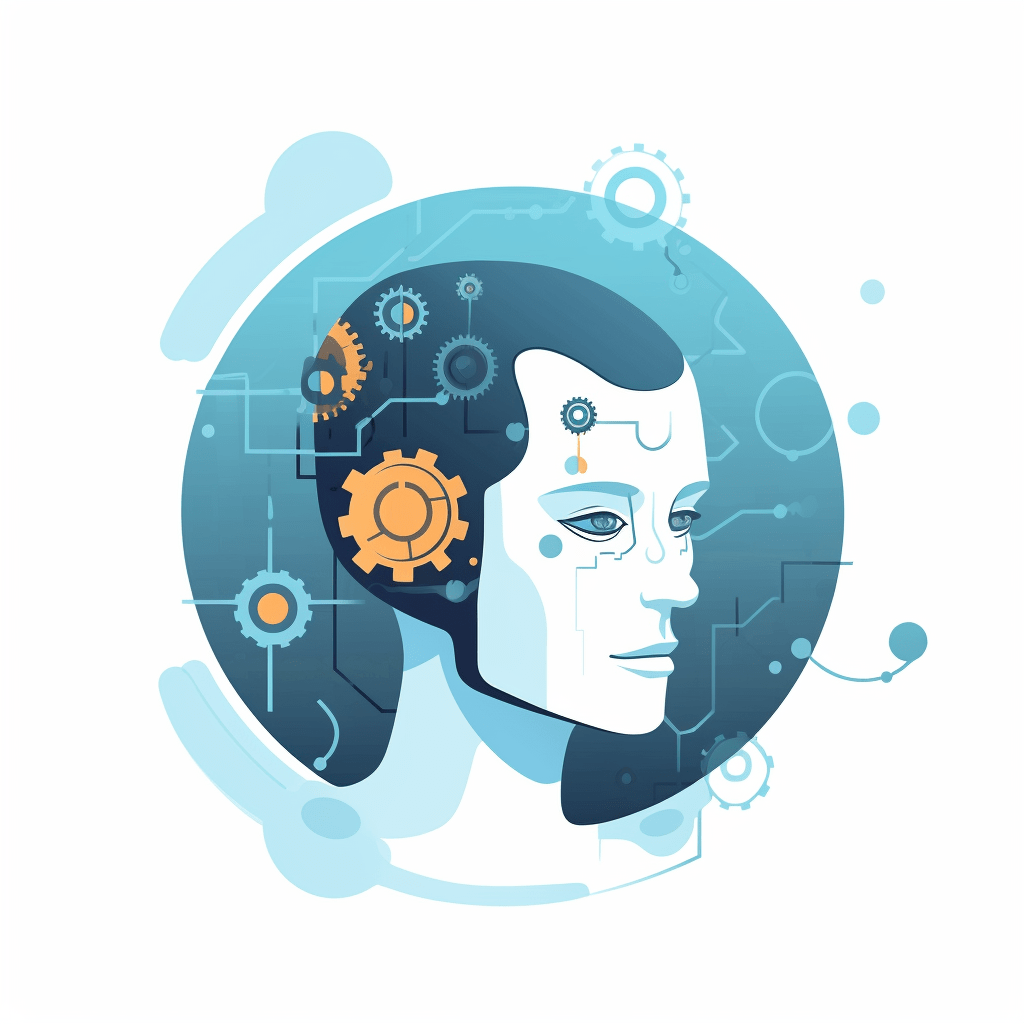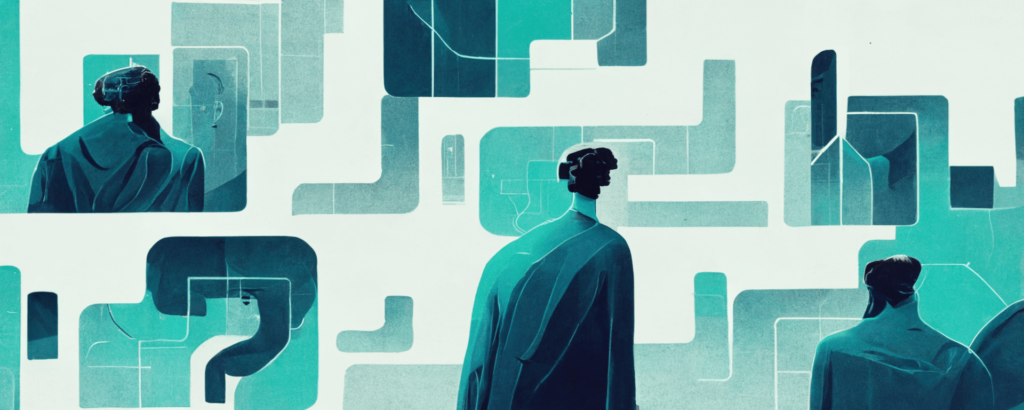The United States stands at a pivotal moment in history, where economic turbulence, political strife, and global shifts demand a clear path forward. Renowned investor and thinker Ray Dalio has taken the role of a modern Cassandra, outlining the hard truths and opportunities that lie ahead. In a recent conversation, Dalio laid out a vision that touches every corner of American life—from education reform to geopolitical strategy—and challenges us to rethink how we prepare for the future.
Here’s a deep dive into Dalio’s insights and what they mean for all of us.
The Five Forces Shaping Our Reality
Dalio compares the economy to a chessboard—where every piece represents a dynamic force at play. He identifies five primary forces reshaping the U.S. and global landscape:
- Debt Cycles: Credit powers economic growth, but when debt accumulates excessively, painful corrections become unavoidable.
- Political Polarization: Bitter divisions between left and right create gridlock, stalling meaningful reforms.
- Geopolitical Tensions: A fractured international order pits nations like China and Russia against U.S. dominance, with BRICS nations carving a parallel economic path.
- Acts of Nature: Pandemics, climate change, and natural disasters increasingly disrupt economies and lives.
- Technological Advances: Innovation brings both opportunities and disruptions, threatening traditional jobs while elevating a tech-savvy elite.
These forces don’t operate in isolation—they collide, amplify, and reshape each other. For America to thrive, it must master these dynamics.
The Cost of Ignoring Education and Inequality
Education is the bedrock of any thriving society, but in the U.S., it’s cracking under the weight of neglect. Dalio draws a sharp line between prosperous communities with ample resources and underfunded regions plagued by poverty, crime, and despair. Consider this:
- Disparities in Connecticut: In wealthy Greenwich, public schools spend $28,000 per student annually. Just 10 minutes away in Bridgeport, that figure drops to $11,400—leaving many students without basic tools like computers.
- Systemic Failures: 22% of high school students in Connecticut have dropped out or are failing, with absenteeism rates exceeding 25%. The state spends $700 million annually on incarceration—a grim testament to the cost of ignoring early intervention.
Dalio argues that the U.S. must prioritize education reform, providing not only academic skills but also instilling civility and values. Without these foundations, future generations will inherit cycles of failure.
The Risks of “America First”
The U.S. is pivoting to an “America First” strategy, prioritizing self-sufficiency in industries like semiconductor production. While this approach promises resilience, it also comes with risks:
- Higher Costs: Protectionist policies like tariffs may raise the price of goods for consumers, straining already tight budgets.
- Global Isolation: Pressuring nations to pick sides between the U.S. and rivals like China could alienate allies and deepen geopolitical fragmentation.
- Economic Trade-offs: Building domestic industries requires long-term investment, but short-term economic pain might alienate a populace already struggling with stagnant wages.
Dalio warns that America risks losing influence in an increasingly multipolar world. BRICS nations—representing 85% of the global population—are working to reduce their reliance on the U.S. dollar, creating a new economic order.
The False Hope of Printing Money
Modern Monetary Theory (MMT), the idea that governments can print money without consequence, faces Dalio’s scathing critique. He explains:
- Inflationary Pitfalls: Printing money without increasing productivity leads to inflation, eroding the value of savings and destabilizing the economy.
- Debt Balancing Act: High interest rates alienate creditors, while low rates burden debtors. Striking this balance becomes harder as debt grows.
- Real Productivity is Key: True economic strength comes from creating goods and services, not generating fiat currency.
Dalio insists that America must resist the temptation of easy fixes and focus on sustainable solutions.
A “Manhattan Project” for America’s Economy
Drawing inspiration from history, Dalio proposes a large-scale, bipartisan initiative to tackle the nation’s pressing economic issues. This “Manhattan Project” would bring together the brightest minds to address:
- Ballooning national debt and inflation.
- Workforce productivity and job displacement due to technology.
- Long-term strategies for sustainable growth.
Such an effort, Dalio believes, requires moving beyond partisan extremes and focusing on solutions that benefit all Americans.
Technology: Savior or Disruptor?
Technology has become both a tool for progress and a source of societal upheaval. Dalio highlights:
- Workforce Disruption: AI and automation are replacing jobs, particularly for less-skilled workers. The private sector alone cannot absorb this displaced labor.
- The Elite Divide: A small group of highly skilled individuals, often immigrants, drives innovation, leaving millions behind.
- Broad-Based Productivity: Policies must ensure that technological progress benefits everyone, not just the top 1%.
Dalio stresses the need for plans to retrain workers and integrate them into a changing economy.
Education as the Great Equalizer
If there’s one area where Dalio sees hope, it’s education. He calls for:
- Universal Access: Every child should have basic resources like computers, internet access, and a safe environment to learn.
- Civility Training: Beyond academics, schools should teach social skills and ethics to build a cohesive society.
- Charter Schools and Innovation: Dalio acknowledges the success of schools that emphasize discipline, hard work, and strong values, urging public education to adopt similar principles.
Investing in young people isn’t just a moral imperative—it’s an economic necessity.
A Call for Bold Leadership
Dalio doesn’t sugarcoat the challenges ahead. Effective leadership must prioritize:
- Immigration reform to balance economic needs and national security.
- Trade policies that protect key industries without alienating allies.
- Investments in clean energy and advanced technologies.
- Economic restructuring to tackle inefficiency and waste.
The first 100 days of any administration are critical for setting the tone. Dalio urges leaders to act decisively but inclusively, avoiding the alienation of marginalized communities.
What’s at Stake
Ray Dalio’s vision isn’t about doom—it’s a roadmap. He paints a picture of a nation at a crossroads, where bold choices can lead to renewal or stagnation. The stakes are high, but so are the opportunities.
The U.S. has the resources, ingenuity, and potential to build a better future. It begins with recognizing the interconnectedness of education, economy, and global relations. The question is whether we’ll rise to the occasion—or let the cycles of history repeat themselves.







